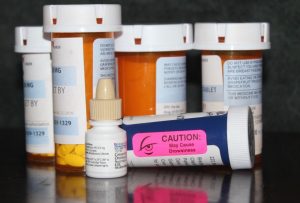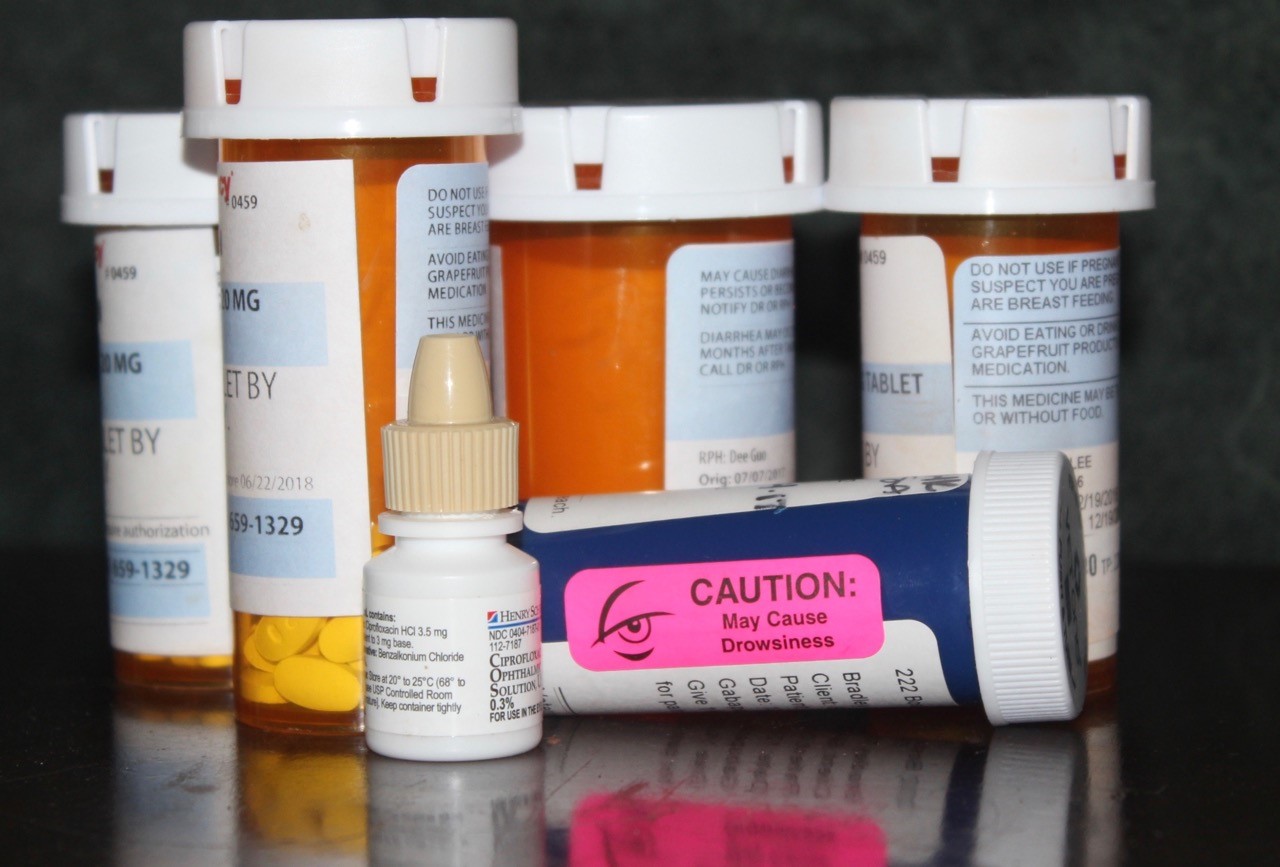
Ask people the first name of their pharmacist, and there’s a good chance they won’t know it. Or, they’ll say, “I don’t have a regular pharmacist. I just use the drive thru at [name of major chain] when I have to pick up my prescription.”
It turns out that lack of personal contact is not confined just to patients and pharmacists. There are communications issues between pharmacists and physicians, too.
In an article that appeared in the Journal of the American Pharmacists Association, Professor of Pharmacy Practice Marie Smith wrote about findings that indicate contact between pharmacists and physician’s offices is largely confined to phone and fax. Only about 24 percent of the time did pharmacists communicate directly with a prescribing physician.
The article further noted that estimated outpatient preventable medication errors account for approximately 3.3 million outpatient visits annually, and that outpatient adverse drug events may cost as much as $8 billion per year.
Smith’s findings support the value of electronic communications – e-prescribing – to potentially reduce errors and streamline the transfer of important information. But, she also says that there is still a need for one-on-one communication to fill in missing facts, confirm prior authorization approvals, and correct appropriate prescription data.
So then, isn’t clear communication the responsibility of physicians and pharmacists? Yes, says Smith, but not entirely.
Her take on the communications conundrum is that patients and their caregivers can – and should – play an important role in assuring that medications prescribed and the directions for use are appropriate for each individual’s situation. This, of course, does not mean that every person filling a prescription needs to consult a library (electronic or otherwise) of medical textbooks.
It does mean that taking an active role in one’s own healthcare can go a long way in assuring favorable outcomes.
“We know that dealing with one or more concurrent medical issues can sometimes be overwhelming and confidence in one’s physician must be first and foremost,” Smith says. “But I think there’s an important resource that can help alleviate the anxiety that comes form the need for prescription drugs and the often conflicting information patient’s get, especially when they have more than one doctor who is prescribing meds.”
That resource, according to Smith, is a strong relationship with a local pharmacist. A person whose training and interests can help facilitate appropriate care on a personal level.
“Pharmacists are the only members of the healthcare team who are immediately available for consultation, advice, reassurance, and problem solving,” Smith says, “and yet with the decline in independently-owned community pharmacies, many people don’t realize what an important ally they have.”
Coming from a small town in Eastern Connecticut, Smith remembers growing up in an environment where the local pharmacist was an integral part of the community. She remembers walking into the pharmacy with her father on Sundays to pick up The Hartford Courant, complete with its generous section of color comics.
“We kids were always greeted with a piece of candy from Mr. Swartzbueg [the pharmacist] when we walked in. My father referred to him as ‘doc’ and we knew he would always give good advice whenever we needed it,” she says.
Smith acknowledges that with the decline in the number of independently-owned community pharmacies, it may seem harder to establish this type of personal relationship. But, she says, it’s not impossible.
“Even with large chain pharmacies, people shouldn’t be afraid to walk up to the counter and ask to meet with a pharmacist. That’s why they’re there. They are trained as patient advocates. There doesn’t have to be a specific issue involved; it’s perfectly appropriate to introduce yourself and let the pharmacist know what medications you’re taking, what physicians you’re seeing, and what general concerns you might have. See how you feel talking with that person, and ask yourself, ‘Is this the right pharmacy for me?'”
Smith also thinks that pharmacies located within supermarkets can somewhat replicate the feel of independent pharmacies. “These are smaller locations, they tend to be slower paced, and people are in the store anyway, shopping for groceries,” she says, adding that these locations are somewhat of a hybrid between independents and large chain stores.
At the end of the day, Smith says, good communication is vital all along the healthcare chain, whether it’s electronic communication between physicians and pharmacists, or direct dialog between patients and pharmacists in a pharmacy’s counseling area.
Her parting advice to patients and caregivers? Don’t be afraid to step up. Learn your pharmacist’s first name and be sure he or she learns yours.



